Beyond the Horizon: Defining Your North Star for Cyber and Technology Resilience
Fusion Risk Management
SEPTEMBER 7, 2022
Without adequate technology resilience , a worse-case scenario is that the business can fall behind competitors and lose market share from damaging its reputational or financial status. Defining Cyber Resilience. The heightened use of third-party vendors makes organizations more susceptible to cyber risk.

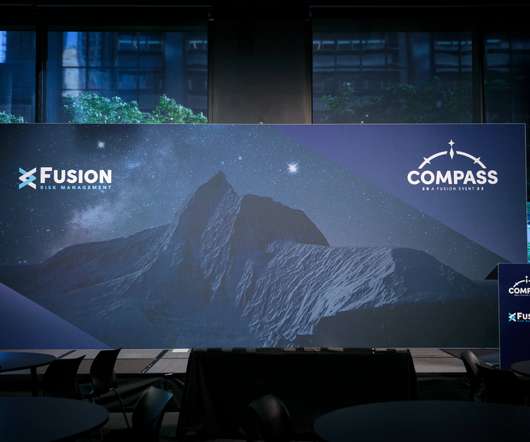
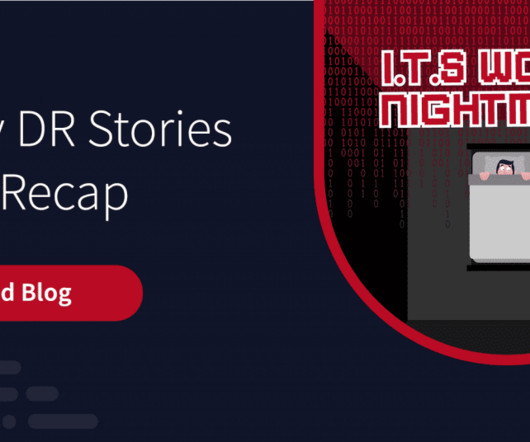
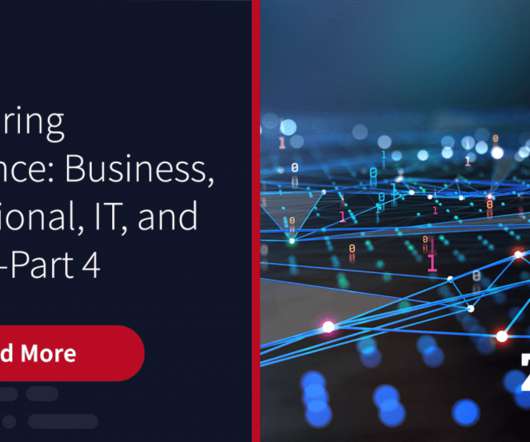
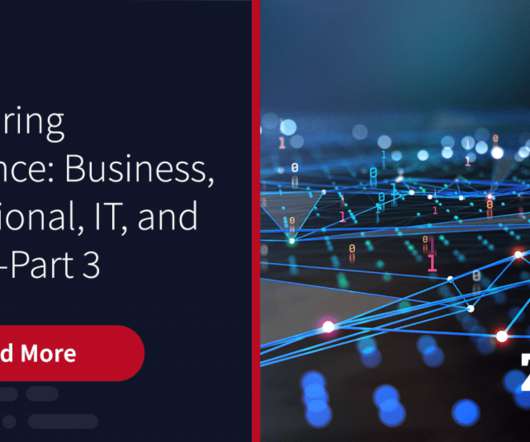






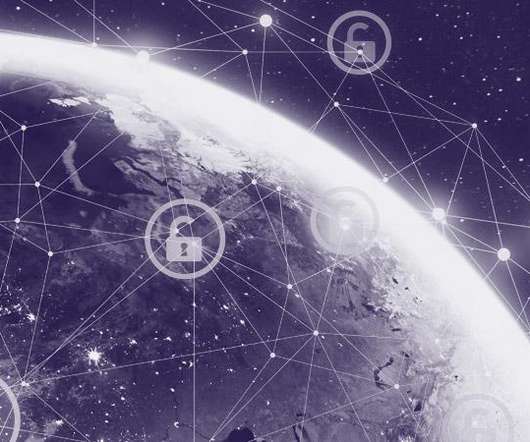







Let's personalize your content